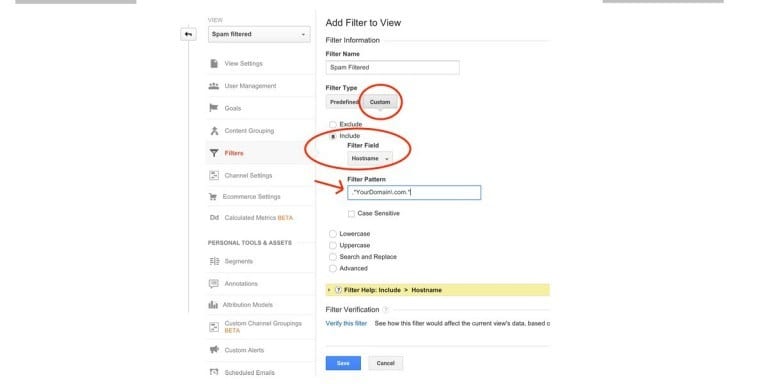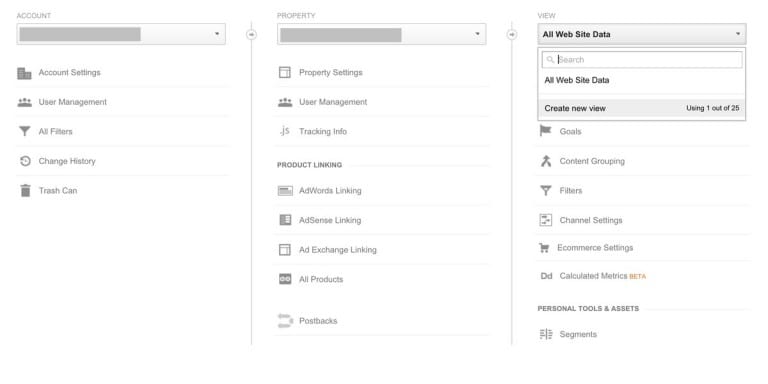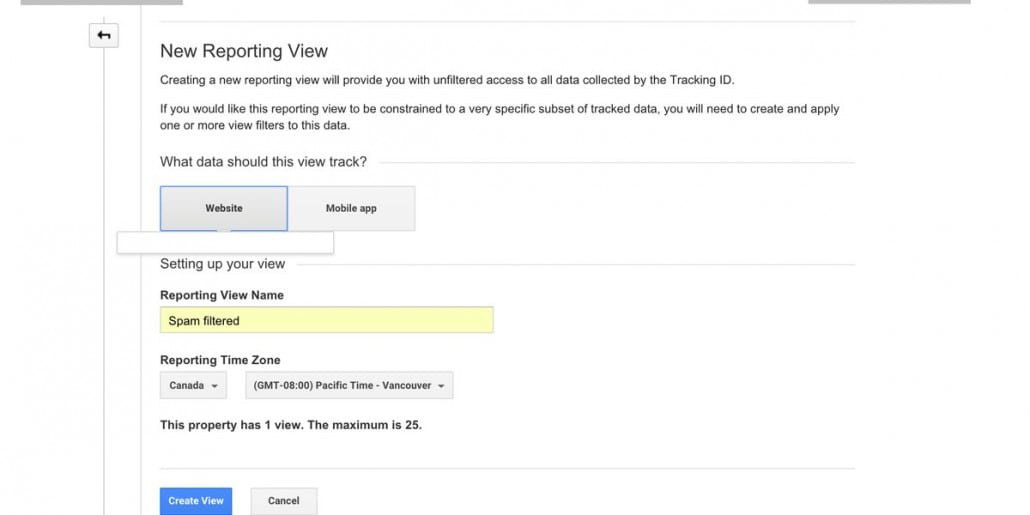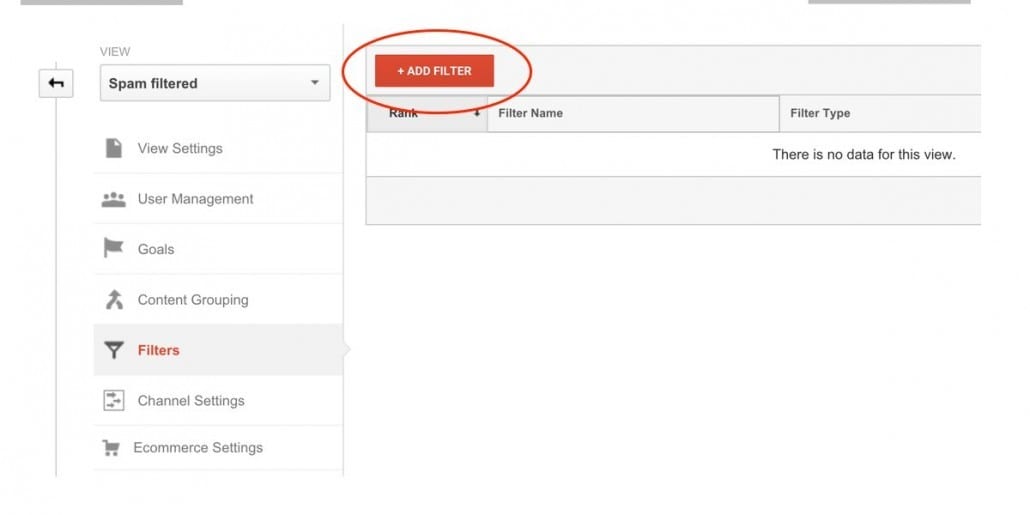Are Spam Bots Hurting Your Google Analytics Reports?
Many companies that conduct their business on the web often rely on analytics tools like Google Analytics to keep them informed about such things as the amount of referral traffic on their company website. Being informed about the amount of hits your website gets versus the amount of sales you are actually generating can be very beneficial when it comes to understanding your target market and how best to communicate with them. Knowing what works and what doesn’t work for your company’s website is one of the many things that reliable analytics referral data can help you determine, which can be extremely beneficial to your business. Unfortunately, due to the troublesome presence of spam bots on the web both large and small businesses run the risk of having their website’s analytics data becoming corrupted from Google Analytics Spam Referrals.
Many business owners are well aware of the fact that a spike in hits on the company’s website doesn’t necessarily mean profits are guaranteed. In fact, it can be downright annoying to have your data show an inexplicable rise in the amount of traffic your website is getting while sales remain at the same level. Often times when this happens, it is because a website has been automatically sent a large amount of referral traffic from a spam bot. A spam bot is a type of web indexing tool that automatically accesses other domains and sends them information as a means of generating leads for whatever company or domain the spam was sent by. It is a seedy practice at best, and because it cannot be distinguished from regular web traffic, it can really mess up your analytics data. Spam bots can also create real trouble for your server by overloading it and causing your website to run more slowly. This can lead to a great deal of frustration on the part of actual customers looking to buy your product or use your service and will often lead to higher bounce rates and lower SEO rankings. You also run the risk of having private data such as credit card numbers and other personal information exposed if you allow your website to be accessed by a spam bot. Fortunately, there is a way to avoid all of the hassle a spam bot can cause your website.
One way to block spam bots is to have your web administrator block all potential automated referrers in your website’s .htaccess file in your domain’s root directory.
How To Filter Out Google Analytics Spam Referrals
You can also have certain domains that you have identified blocked by your analytics tool, but it can sometimes be hard to identify unwanted domains without the help of an analytics filter. By using an analytics filter, you can set up specific filters that can block unwanted domains based on such criteria as a domain’s country of origin. This can work well for a company that primarily does business on a local basis. Setting up these filters to help you get accurate analytics data from your website is easy here’s how:
Create A New View
1. Sign in to your Google Analytics account
2. Select the Admin tab and navigate to the account and property to which you wish to add the view.
3. In the VIEW column, click the dropdown menu. Click Create new view.
4. Select Web Site
5. Select the Reporting Time Zone
6. Click Create View.
Create A Filter
1. Click +Add Filter
2. Select Create new Filter
3. Enter a name for the filter
4. Select Custom filter and click Include option
5. Filter Field type > Hostname
6. Filter pattern .*your-domain\.com.* (type in your domain name where it says “your-domain” ex ” .*stiganmedia\.com. “)

Select ‘Include’ and from the dropdown select ‘hostname’.
7. Click Save
For more information, feel free to contact our digital marketing agency, or message us via Facebook or Twitter.
Stigan Media is an award-winning web design & marketing agency specializing in WordPress, WebFlow, and Shopify. Our team focuses on SEO, PPC and conversion optimization strategies to help your company grow.







 Get in touch
Get in touch





